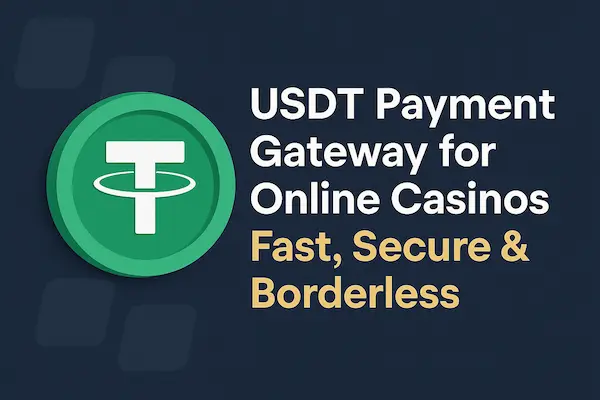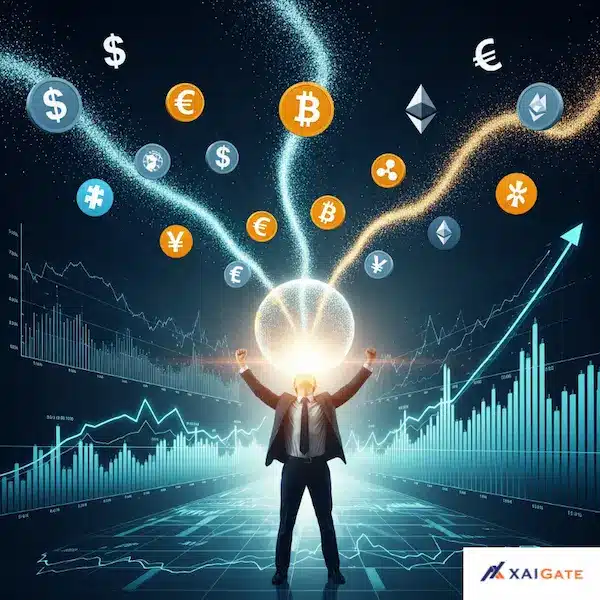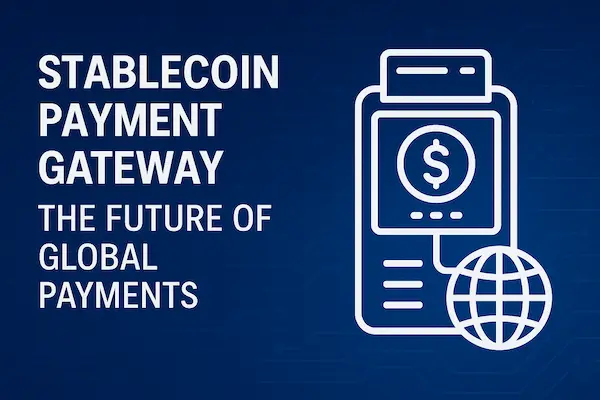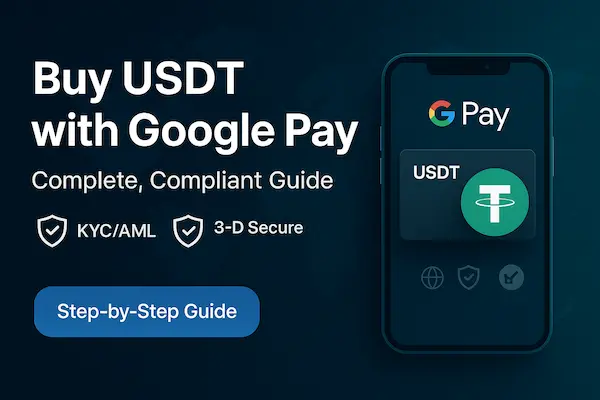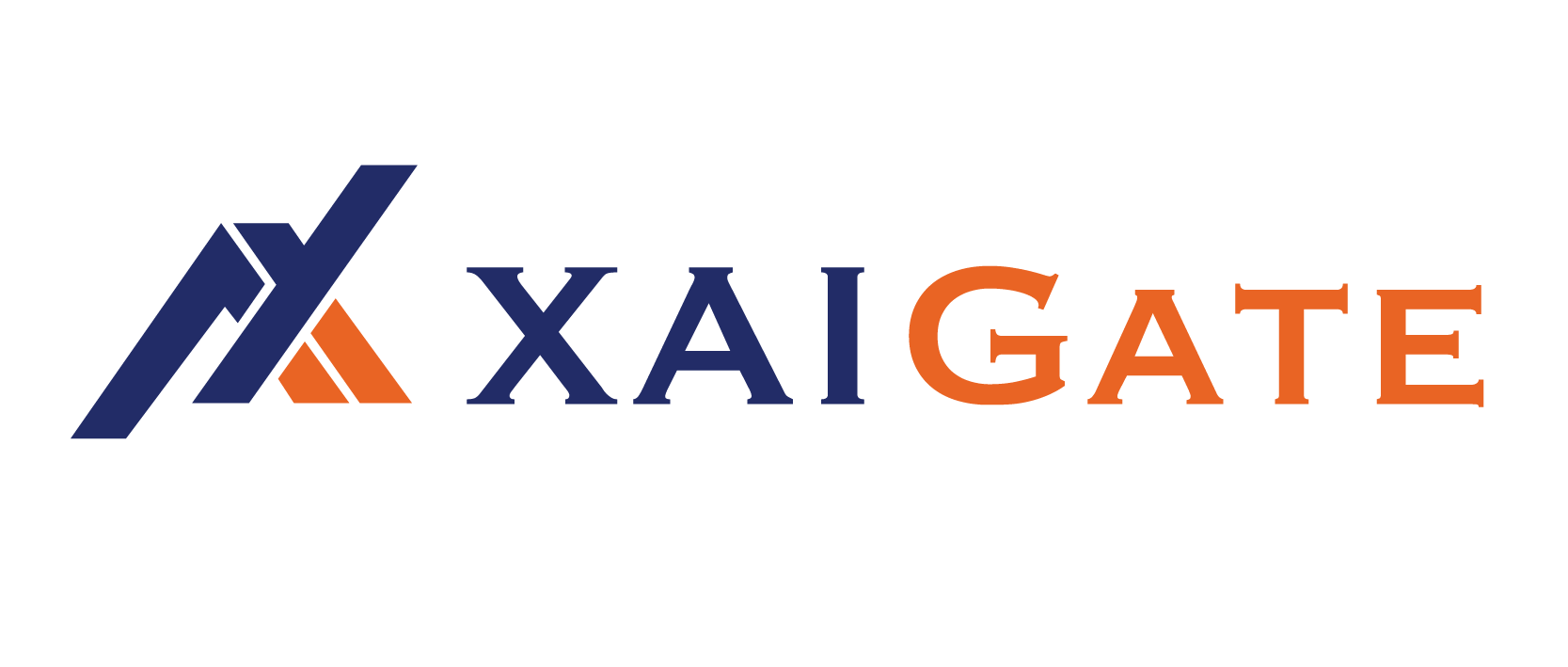Online casinos are evolving rapidly in 2026, and one of the biggest shifts is how players choose to move their money. Traditional bank transfers and credit cards are becoming less attractive due to slow settlement times, high fees, and geographic restrictions. At the same time, cryptocurrencies like Bitcoin or Ethereum bring innovation but are still plagued by volatility.
This is where the USDT Payment Gateway for Online Casinos comes in. By combining the efficiency of blockchain with the stability of a dollar-pegged asset, USDT is reshaping the way casinos handle deposits and withdrawals. Players enjoy instant, borderless transactions, while operators reduce costs and improve trust.
Contents
- 1 1. Why USDT Is Dominating Online Casino Payments in 2026
- 2 2. Market Insights 2026 – The Rise of Stablecoin Payments in iGaming
- 3 3. Regulatory Landscape in 2026
- 4 4. Key Benefits for Casino Operators
- 5 5. Real Case Studies in 2026
- 6 6. Risks & Challenges of USDT in Online Casinos
- 7 FAQs – Best USDT Payment Gateway for Online Casinos
- 8 Conclusion: The Future of USDT in Online Casinos
1. Why USDT Is Dominating Online Casino Payments in 2026
The global iGaming industry has always been quick to adopt new financial technologies, but 2026 marks a turning point. More operators are now embracing the USDT Payment Gateway for Online Casinos because it directly addresses long-standing challenges that both players and casinos face with money transfers.
1. Stability That Builds Trust
Traditional cryptocurrencies like Bitcoin or Ethereum are innovative but volatile. Price swings of 5–10% within a single day make them unreliable for gaming platforms that need stable accounting. USDT, being pegged to the U.S. dollar, eliminates this risk. For players, it means winnings hold their value; for operators, it means financial planning becomes easier.
2. Speed and Efficiency
Casino players value fast deposits and instant withdrawals. While bank transfers can take 2–5 business days, USDT transactions are confirmed in seconds. That speed is not just convenient—it is a competitive advantage that drives player retention and repeat deposits.
3. Global Accessibility
Many regions restrict or complicate cross-border gambling payments. The USDT Payment Gateway for Online Casinos bypasses these barriers, enabling casinos in Europe or Asia to welcome players from Latin America, Africa, or Southeast Asia without the friction of foreign exchange or local banking hurdles.
4. Lower Transaction Costs
Payment processing fees are another pain point. Credit cards typically charge 3–5% per transaction, sometimes more when currency conversions are involved. In contrast, USDT transactions often cost less than 1%. For high-volume casinos, this translates into substantial annual savings that can be reinvested into customer experience.
5. Security and Fraud Reduction
Chargeback fraud has long been a costly issue in online gambling. Since blockchain transactions are transparent and irreversible, operators using USDT gateways drastically reduce exposure to fraudulent disputes. This also reassures regulators that casinos are adopting tamper-resistant systems.
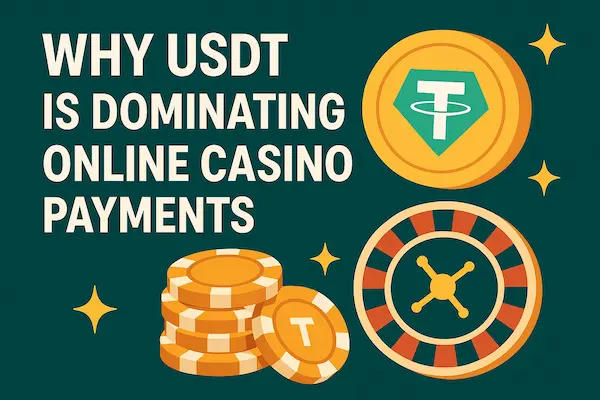
2. Market Insights 2026 – The Rise of Stablecoin Payments in iGaming
The adoption of stablecoins in online gambling is no longer a niche trend—it is now a defining factor in the global iGaming economy. By 2026, the USDT Payment Gateway for Online Casinos has emerged as one of the most significant enablers of cross-border growth and player trust.
Market Size and Growth
The global online casino industry is projected to exceed USD 100 billion in 2026, driven by digital penetration and new markets opening in Asia and Latin America.
Cryptocurrency adoption within gambling has accelerated, with over one-third of active online players using crypto or stablecoins for deposits and withdrawals.
Of these transactions, USDT commands more than 60% of the stablecoin market share, surpassing rivals such as USDC and BUSD.
Regional Adoption Trends
Asia-Pacific: Markets like the Philippines and Macau are at the forefront, with regulators beginning to acknowledge stablecoins as legitimate payment options.
Europe: Jurisdictions such as Malta and the UK are encouraging innovation in iGaming payments while tightening compliance standards.
Latin America: Brazil and Argentina are seeing rapid stablecoin growth due to inflationary pressures on local currencies.
Middle East: Dubai’s VARA framework has positioned the UAE as a hub for crypto-friendly online casinos.
Investment and Operator Shifts
Casinos are not just adopting USDT gateways—they are redesigning their business models around them. Operators report that players using USDT deposit more frequently and withdraw faster, creating healthier liquidity cycles. Payment providers and fintech startups are also competing to offer API-driven USDT payment solutions tailored for casinos, signaling a new wave of industry innovation.
Data Snapshot (2026):
35–40% of online casino payments are now crypto-based.
USDT accounts for the majority of stablecoin transactions in iGaming.
Average processing costs for operators using USDT are 2–4% lower compared to legacy banking.
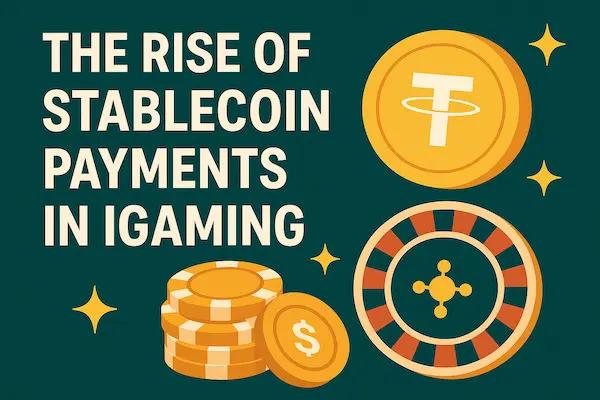
Table 1: USDT vs Traditional Casino Payment Methods
One of the strongest reasons behind the surge of the USDT Payment Gateway for Online Casinos is how it outperforms legacy payment systems across almost every metric. Traditional options like bank transfers or credit cards may still dominate in some regions, but they can no longer keep up with the demands of a global, 24/7 online gambling market.
| Feature | USDT Payment Gateway for Online Casinos | Credit Cards / Bank Transfers |
|---|---|---|
| Transaction Speed | Seconds – instant confirmation | 2–5 business days on average |
| Processing Fees | Low (0.2%–1%) | High (3%–5% + FX costs) |
| Global Access | Borderless, works 24/7 worldwide | Restricted by country and bank rules |
| Security | Blockchain verified, irreversible | Chargeback risks, fraud-prone |
| Anonymity & Privacy | Higher, with optional KYC compliance | Fully bank-verified, limited privacy |
| Player Experience | Smooth, predictable, fast | Delayed, expensive, inconsistent |
3. Regulatory Landscape in 2026
The success of the USDT Payment Gateway for Online Casinos is not only driven by player demand—it also reflects how regulators worldwide are beginning to recognize the role of stablecoins in financial systems. While the rules are evolving, several jurisdictions are already setting standards that shape the iGaming market in 2026.
1. Singapore – MAS (Monetary Authority of Singapore)
Singapore has positioned itself as a leader in stablecoin regulation. In 2023, MAS introduced a framework requiring reserve audits and transparency for licensed stablecoins. By 2026, USDT transactions in regulated casinos are more widely accepted, giving operators confidence that compliance aligns with global AML standards.
2. Dubai – VARA (Virtual Assets Regulatory Authority)
Dubai is quickly becoming the crypto hub of the Middle East. VARA allows casinos and online gaming companies to integrate stablecoin payments under strict KYC/AML requirements. For operators using the USDT gateway, this means legal recognition and access to an international player base.
3. Malta – MGA (Malta Gaming Authority)
Malta remains a pioneer in online gambling. The MGA now recognizes stablecoins, including USDT, as approved payment options for licensed casinos. Operators in Malta who adopt USDT report smoother banking relationships and reduced chargeback disputes.
4. Philippines – PAGCOR (Philippine Amusement and Gaming Corporation)
PAGCOR has begun pilot programs allowing casinos to test stablecoin payment systems. Early results show faster liquidity cycles and lower operational costs, fueling momentum for broader adoption.
Why Regulation Strengthens Adoption
Legitimacy: Casinos in regulated markets gain stronger reputations with both players and investors.
Compliance Ready: USDT gateways are built with API-level integration for AML/KYC tools.
Market Growth: Jurisdictions that embrace stablecoins often see faster expansion of online gambling revenues.
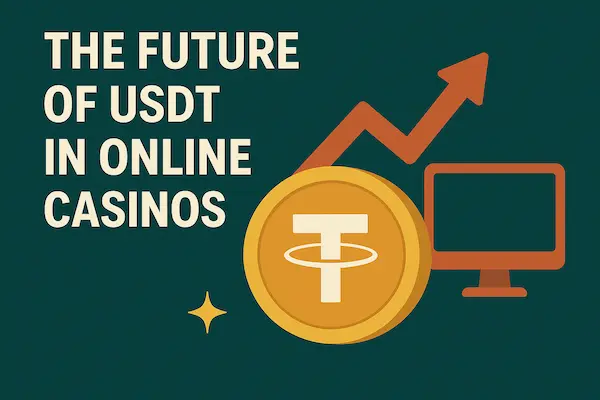
4. Key Benefits for Casino Operators
For casino operators, the adoption of the USDT Payment Gateway for Online Casinos is not simply about keeping up with trends. It delivers measurable business benefits that directly affect profitability, player satisfaction, and long-term growth.
1. Improved Liquidity and Cash Flow
Traditional banking systems often delay withdrawals for several days, creating friction between casinos and their players. With USDT, funds are transferred almost instantly. This not only improves the customer experience but also ensures operators can recycle liquidity faster to support more games and promotions.
2. Higher Player Retention
Fast deposits and quick withdrawals are consistently ranked as one of the top reasons players choose one casino over another. Operators who integrate USDT gateways report increased repeat play and reduced churn, as players trust platforms that honor payouts without delay.
3. Reduced Operational Costs
Credit card processors and bank wires can eat up 3–5% of every transaction. By comparison, USDT fees usually stay below 1%. For casinos processing millions in monthly volume, the cost savings are substantial—often enough to fund new marketing campaigns or player bonuses.
4. Cross-Border Expansion
The global reach of stablecoins allows casinos in Europe or Asia to attract players in Latin America, Africa, or Southeast Asia, regions often underserved by traditional financial systems. This borderless flexibility opens new revenue streams without needing local banking partners.
5. Enhanced Security and Fraud Prevention
Chargebacks have long been a problem for online casinos. Since blockchain transactions are irreversible, the USDT Payment Gateway for Online Casinos virtually eliminates this risk. Fewer disputes mean fewer legal battles, smoother operations, and more trust from payment providers and regulators alike.
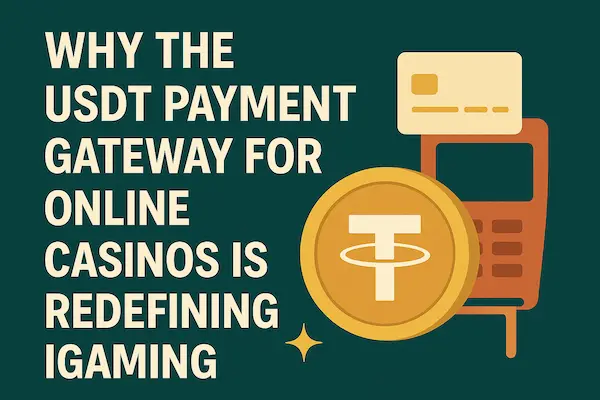
5. Real Case Studies in 2026
Adoption of the USDT Payment Gateway for Online Casinos is not just theoretical—it is happening across multiple regions with measurable results. These case studies highlight how operators are gaining a competitive edge through faster payments, lower costs, and global reach.
Asia – Macau and the Philippines
Casinos in Asia have always been at the forefront of innovation. In Macau and the Philippines, operators that integrated USDT gateways in 2024 reported:
30% faster deposit times compared to fiat methods.
20% reduction in operational costs due to lower transaction fees.
Improved cross-border liquidity, attracting high-roller players from Southeast Asia.
Europe – Malta Licensed Operators
Malta, often called the “Silicon Valley of iGaming,” has fully embraced stablecoin payments. In 2026, casinos licensed under the Malta Gaming Authority using USDT reported:
45% fewer chargeback cases versus traditional cards.
Increased trust from regulators, who praised blockchain’s transparency.
Stronger banking relationships, since stablecoin compliance frameworks are now recognized.
Latin America – Brazil
Brazil’s online gambling market is booming, but inflation and banking restrictions create barriers for international players. By switching to a USDT Payment Gateway for Online Casinos, one major operator in São Paulo saw:
A 60% increase in international players within 12 months.
Higher retention rates, as players appreciated instant withdrawals.
Strong growth in loyalty programs funded by transaction savings.
Table 2: USDT vs Other Cryptocurrencies in Online Casinos
While many online casinos experimented with Bitcoin and Ethereum in the early 2020s, the reality is that volatility and high network fees often frustrated both players and operators. In 2026, the USDT Payment Gateway for Online Casinos is outperforming these legacy crypto options on nearly every metric.
| Feature | USDT Payment Gateway for Online Casinos | Bitcoin (BTC) | Ethereum (ETH) |
|---|---|---|---|
| Price Stability | Pegged to USD (≈ $1) | Highly volatile (±10% daily) | Volatile, medium risk |
| Transaction Speed | Seconds | 10–60 minutes (network dependent) | 5–15 minutes |
| Transaction Fees | Very low (0.1%–1%) | Medium–high (variable miner fees) | High (gas fees often $5–$20) |
| Adoption by Casinos | Rapidly expanding | Moderate | Moderate |
| Regulatory Acceptance | Higher (stablecoin backed by reserves) | Lower | Lower |
| User Experience | Predictable, smooth, cost-efficient | Risky due to volatility | Unpredictable due to fees |
6. Risks & Challenges of USDT in Online Casinos
While the benefits of the USDT Payment Gateway for Online Casinos are clear, operators must also recognize the potential risks that come with integrating stablecoin payments. Addressing these challenges openly not only builds credibility but also ensures compliance with evolving regulations.
1. Regulatory Scrutiny
Stablecoins are under the spotlight globally. Authorities such as the Financial Action Task Force (FATF) and the European Union (AMLD directives) have stressed the need for strict anti-money laundering (AML) and Know-Your-Customer (KYC) processes. Casinos that fail to integrate proper checks risk heavy fines or even license suspension.
2. Centralization of USDT
Unlike Bitcoin, which is decentralized, USDT is issued by Tether Ltd.. This means its stability depends on the company’s ability to maintain dollar reserves. Critics argue that this centralization creates risks if transparency or liquidity is ever questioned.
3. Balancing Privacy and Compliance
One of the appeals of using USDT is higher player privacy. However, regulators require detailed record-keeping and player verification. Operators must find a balance between offering convenience to players and meeting strict AML obligations.
4. Technical and Integration Challenges
Not all casinos have in-house blockchain expertise. Implementing a USDT Payment Gateway for Online Casinos may require API integration, third-party providers, or custom development, which can be costly and time-consuming.
5. Competition from Other Stablecoins
USDT currently leads, but competitors such as USDC (Circle) and BUSD are pushing into the same markets. Operators must be prepared for a multi-stablecoin future where flexibility and interoperability matter.
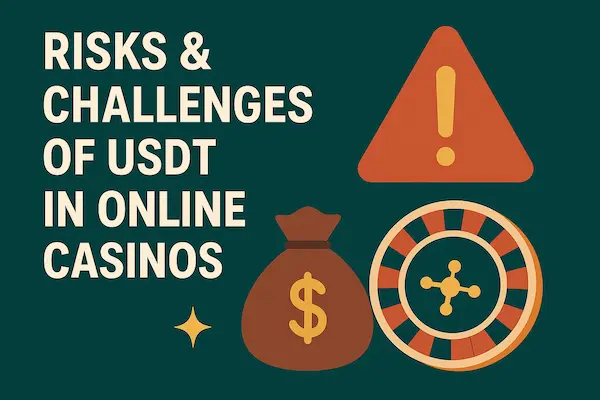
FAQs – Best USDT Payment Gateway for Online Casinos
1. What is a USDT Payment Gateway for Online Casinos?
It is a payment system that allows players to deposit and withdraw using USDT, offering speed, stability, and global access.
2. Why do casinos prefer USDT over Bitcoin or Ethereum?
USDT is pegged to the U.S. dollar, making it stable, cheaper to process, and faster than volatile cryptocurrencies.
3. Are USDT casino payments legal in 2026?
Yes, in regulated markets like Singapore, Malta, and Dubai, stablecoin payments are legally recognized with proper KYC/AML compliance.
4. How fast are USDT transactions in online casinos?
Transactions usually confirm within seconds, much faster than bank transfers or credit card withdrawals.
5. What are the fees for using USDT in casinos?
Most transactions cost less than 1%, compared to 3–5% with credit cards or bank transfers.
6. Is using USDT secure for gambling payments?
Yes, blockchain verification makes transactions transparent and reduces chargeback fraud.
7. Do players need to complete KYC when using USDT?
It depends on the operator and jurisdiction. Most licensed casinos still require basic KYC to meet AML rules.
8. Which casinos accept USDT in 2026?
Top operators in Asia, Europe, and Latin America now support USDT Payment Gateway for Online Casinos to attract global players.
Conclusion: The Future of USDT in Online Casinos
By 2026, the USDT Payment Gateway for Online Casinos has shifted from being an innovative option to becoming an industry standard. Players want instant access to their funds, borderless play across regions, and secure transactions they can trust. At the same time, operators are looking for ways to reduce costs, prevent fraud, and scale globally without being restricted by traditional banking systems.
Regulatory bodies in Singapore, Malta, Dubai, and the Philippines are already recognizing the role of stablecoins in reshaping the iGaming economy. This recognition signals that the future of gambling payments is not just digital—it is stablecoin-powered.
For casinos, adopting USDT gateways is not simply about convenience; it is about staying competitive in a fast-moving, regulated, and global market. Those who adapt early gain the edge in liquidity, compliance, and player trust.
Quick Summary Table
| Factor | Why USDT Leads in 2026 |
|---|---|
| Transaction Speed | Instant, 24/7 global transfers |
| Fees | Low (0.1%–1%), cheaper than banks |
| Security | Blockchain-verified, fraud-resistant |
| Global Access | Borderless, accepted across regions |
| Regulatory Recognition | Supported by MAS, VARA, MGA, PAGCOR |
If you are an operator, now is the time to act. The USDT Payment Gateway for Online Casinos is no longer optional—it is the payment infrastructure of the future.
Integrate USDT today to reduce costs and increase liquidity.
Stay compliant with evolving global regulations.
Attract international players with borderless, instant payments.
The casinos that embrace stablecoins now will lead the market tomorrow. Don’t wait until competitors are already ahead—make USDT your competitive advantage in 2026.
For daily updates, subscribe to XAIGATE’s blog!
We may also be found on GitHub, and X (@mxaigate)! Follow us!

